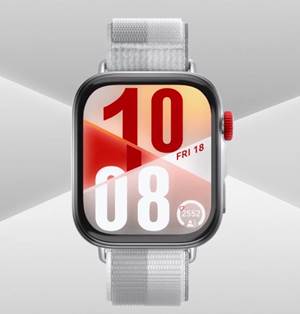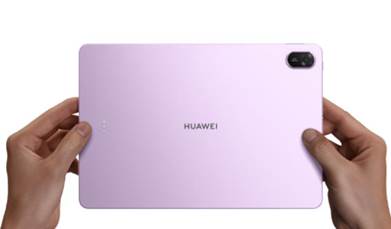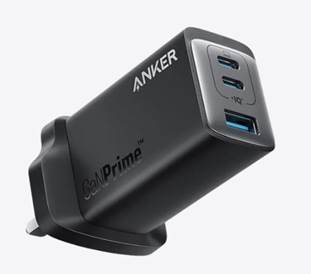Wrist sensors have
revolutionized personal health monitoring, transforming wearable devices into
essential tools for proactive healthcare. By embedding sensors into
smartwatches, individuals can constantly monitor their health, allowing for
early intervention when anomalies arise. This technology is bridging the gap
between everyday wellness and medical insights, providing users with critical
data to maintain their health proactively. Wrist sensors enable users to stay
informed about their body’s current state, leading to more informed healthcare
decisions.

Understanding Wrist Sensor Technology
How Wrist Sensors Track Vital Signs
Wrist sensors utilize optical
technology and advanced algorithms to measure vital signs such as heart rate
and blood oxygen levels. The sensors emit light into the skin, and by analyzing
how much light is absorbed or reflected back, they can interpret underlying
health data. This non-invasive technology continuously collects physiological
information, providing real-time insights into the user’s health status and
enabling the detection of deviations from normal health patterns.
Common
Health Metrics Monitored
Smartwatches equipped with wrist
sensors commonly track metrics like heart rate variability, sleep quality, and
activity levels. These metrics offer a comprehensive view of an individual’s
health baseline. Consistently tracking these parameters helps users understand
their health trends over time, allowing them to notice subtle changes that
might indicate an impending health issue. This continuous data stream enables
users to proactively manage their health.
The Role of Smartwatch Data in
Health Insights
The integration of smartwatch data
into health insights provides a powerful tool for personal healthcare
management. This data, when accumulated over time, unveils patterns that can
highlight potential health risks before they become critical. Users and healthcare
providers can leverage this information to tailor wellness strategies and
interventions, optimizing health outcomes. Accurate, personalized health
insights empower individuals to take charge of their well-being.
Early Detection Of Potential Health
Risks
Identifying
Heart Irregularities
Wrist sensors play a significant
role in identifying heart irregularities, such as atrial fibrillation. By
continuously monitoring heart rhythms, these devices can alert users to
unexpected changes that might indicate a cardiac issue. Early identification of
these irregularities allows for timely medical evaluation and intervention.
This capability helps to prevent complications and supports heart health
maintenance by ensuring that users are aware of their cardiac function.
Monitoring Sleep And Stress Patterns
Sleep and stress levels are
critical to overall well-being, and wrist sensors provide insights into both.
By analyzing sleep stages and disruptions, sensors can detect patterns that may
affect health. Stress levels, indicated by metrics like heart rate variability,
offer clues about mental well-being. Understanding these patterns aids users in
making lifestyle adjustments to improve quality of life. These insights help
balance daily demands and promote healthier living.
Detecting Early Signs Of Chronic
Conditions
Chronic conditions often reveal
themselves through subtle health changes over time. Wrist sensors monitor these
changes, enabling the early detection of conditions such as diabetes or
hypertension. By tracking related indicators, sensors provide users with early
warnings, prompting investigations and interventions before the conditions
advance. This proactive approach promotes early management of chronic diseases,
ultimately improving long-term health outcomes.
Benefits of Continuous Health
Monitoring
Encouraging Preventive Health Measures
Continuous health monitoring
through wrist sensors encourages preventive health measures. By staying
informed about their health metrics, users are motivated to engage in healthier
behaviors to prevent potential health issues. This proactive approach fosters a
culture of wellness and prevention, reducing the risk of developing more
serious health conditions. By actively participating in their health journeys,
users take control of their well-being and achieve better health outcomes.
Supporting
Lifestyle Adjustments
Wrist-worn health monitors
highlight areas of a user’s lifestyle that may need adjustment. Whether it
involves increasing physical activity, improving sleep hygiene, or managing
stress, the data provided guides informed decisions. Users can make evidence-based
adjustments to enhance their physical and mental health. As a result,
individuals experience improved energy levels, better mood regulation, and
enhanced overall quality of life. Lifestyle changes become more strategic and
effective.

Enhancing Doctor-Patient Communication
Wrist sensor data improves
communication between patients and healthcare providers. With detailed health
metrics at hand, patients can provide a clearer picture of their health during
consultations. This information enables more accurate diagnoses and personalized
treatment plans. For healthcare providers, it means more informed
decision-making and better patient outcomes. Enhanced
doctor-patient collaboration ensures a more comprehensive approach to health
management and decision-making.
Future Potential Of Wrist-Worn
Health Sensors
Integration With AI And Predictive
Analytics
The future of wrist-worn health
sensors is bright, with integration with AI and predictive analytics on the
horizon. These technologies can transform raw data into predictive health
insights, identifying potential risks before they manifest. AI can assess vast
datasets to find complex patterns related to health outcomes. This advancement
allows for more personalized healthcare recommendations, ultimately improving
patient care and facilitating early disease prevention strategies.
Accessibility And Wider Adoption Trends
Increasing accessibility to
wrist-worn health sensors is driving wider adoption. As the devices become more
affordable and available, a larger population can benefit from continuous
health monitoring. These trends support diverse demographics in engaging in
proactive health management. As technology advances, we can expect more
inclusive features, making wrist sensors indispensable tools for global health
improvement. Wider adoption ensures more people manage and maintain their
health effectively.
Conclusion
Wrist
sensors are transforming the landscape of personal health monitoring by
detecting health risks early. The continuous tracking of vital signs and other
health metrics empowers users to make informed decisions about their
well-being. As technology continues to evolve and integrate with AI and
predictive analytics, smartwatches‘ price, like watch gt6 pro price, becomes a reference
point for users seeking smarter wearable options, and wrist sensors will become
increasingly vital in preventive healthcare. These devices are essential in the
movement towards proactive and personalized health management.



